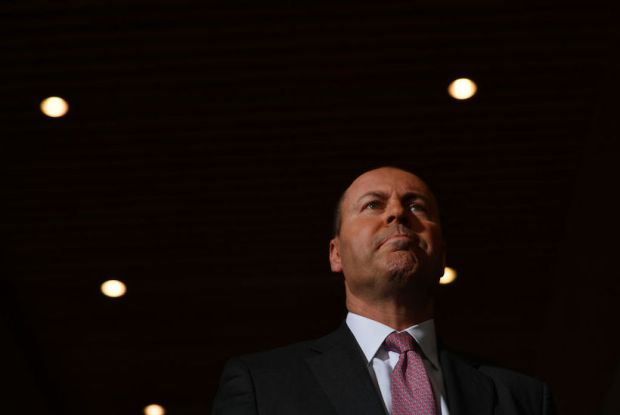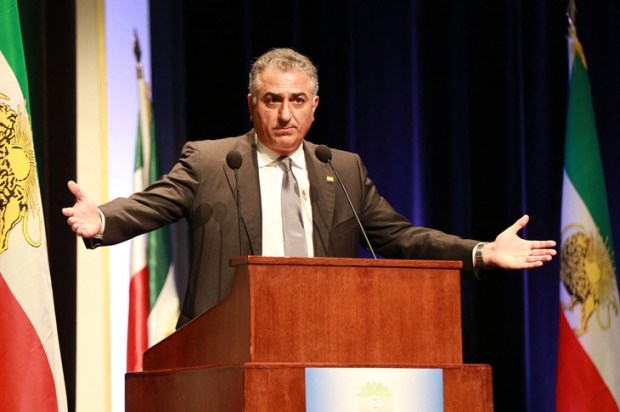When Reserve Bank of Australia Governor Michele Bullock and her board chose to hold the cash rate steady at 3.85 per cent, the market’s collective gasp was almost audible. After all, a 95 per cent probability had been priced in for a rate cut, making the decision to pause feel, to some, like a breach of an unspoken contract between central bankers and market expectations. Yet, in the world of monetary policy, certainty is a luxury rarely afforded – and, more importantly, often dangerous.
Monetary policy is as much about psychology as it is about numbers. The expectations of households, businesses, and investors shape economic outcomes just as powerfully as actual interest rate moves. In this sense, central banking is not unlike a high-stakes game of poker. The best poker players never reveal their hands too early, nor do they always play as the table expects. To do so would be to lose their edge, allowing opponents to dictate the game.
Former Federal Reserve Chair Ben Bernanke, once famously said, ‘I think monetary policy is 98 per cent talk and 2 per cent action.’
If the RBA were to simply follow the market’s every expectation, it would risk becoming predictable – and thus, ineffective. By holding rates when a cut was all but assumed, Bullock reminded markets that the central bank’s mandate is not to satisfy traders, but to ensure inflation remains on track and the broader economy is stable. This unpredictability, when wielded judiciously, is a powerful tool, it keeps inflation expectations anchored and prevents the kind of complacency that can lead to bubbles or renewed price pressures.
Some critics point to the 6-3 split on the RBA board decision as a sign of division or uncertainty. In reality, this is a hallmark of a healthy democracy and robust policy debate. Monetary policy decisions are complex, with far-reaching consequences for millions of Australians. It would be concerning if such decisions were made with robotic unanimity, especially in times of economic uncertainty.
A split vote signals that multiple perspectives were considered, and that dissenting voices were not only heard but respected. This kind of open discourse is essential for sound policymaking. It ensures that risks are thoroughly debated, and that the final decision is the product of rigorous analysis – not groupthink or political pressure.
Governor Bullock’s decision to wait for more data before cutting rates was not an act of indecision, but of prudence. With core inflation still slightly stronger than expected and global uncertainties looming, the risk of moving too soon outweighed the potential benefits of immediate relief. As Bullock herself noted, the goal is not just to lower rates, but to do so sustainably – without reigniting inflation and forcing an even harsher correction down the line.
History supports this approach. Former Federal Reserve Chair Paul Volcker, who broke the back of US inflation in the early 1980s, once said, ‘I believe the ability of the Federal Reserve, as provided by the Congress, to conduct its monetary policy with relative freedom from day-to-day political pressure has served the nation well over the years.’ Volcker’s willingness to take unpopular, but necessary, decisions restored confidence in the central bank’s ability to maintain stability.
In a world where markets crave certainty, Michele Bullock’s contemporary RBA has shown the courage to be unpredictable when it matters most. By holding rates and fostering open debate, the central bank is playing the long game – protecting the economy not just from today’s risks, but from tomorrow’s as well. Like the best poker players, the RBA knows that sometimes, the smartest move is the one nobody saw coming.
Bradley McHugh is an economist and policy wonk. The views expressed here are his own.

























